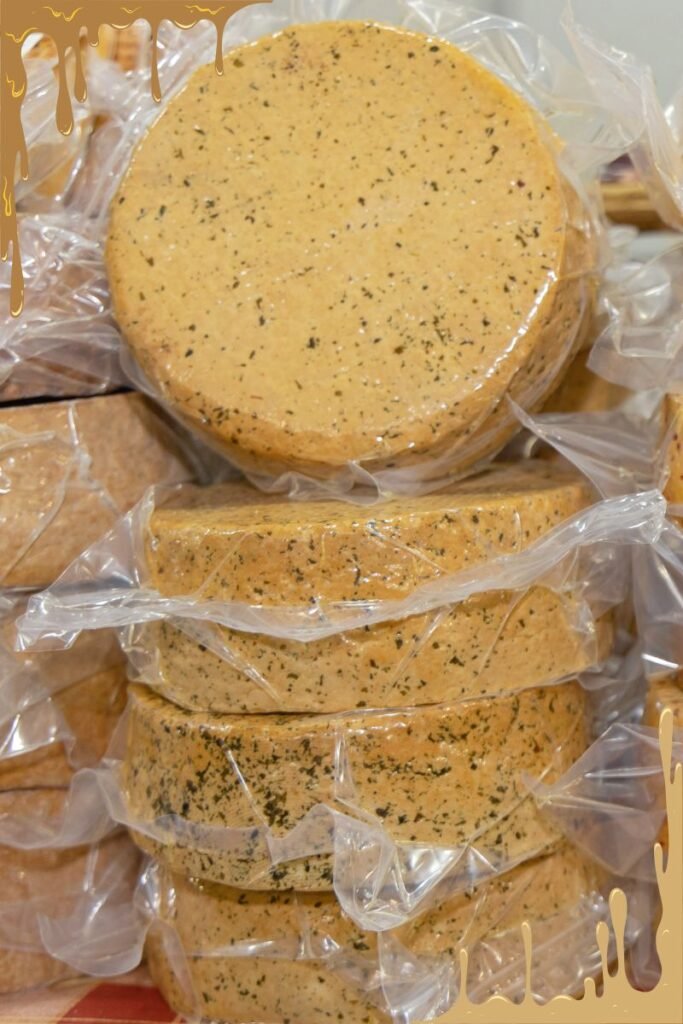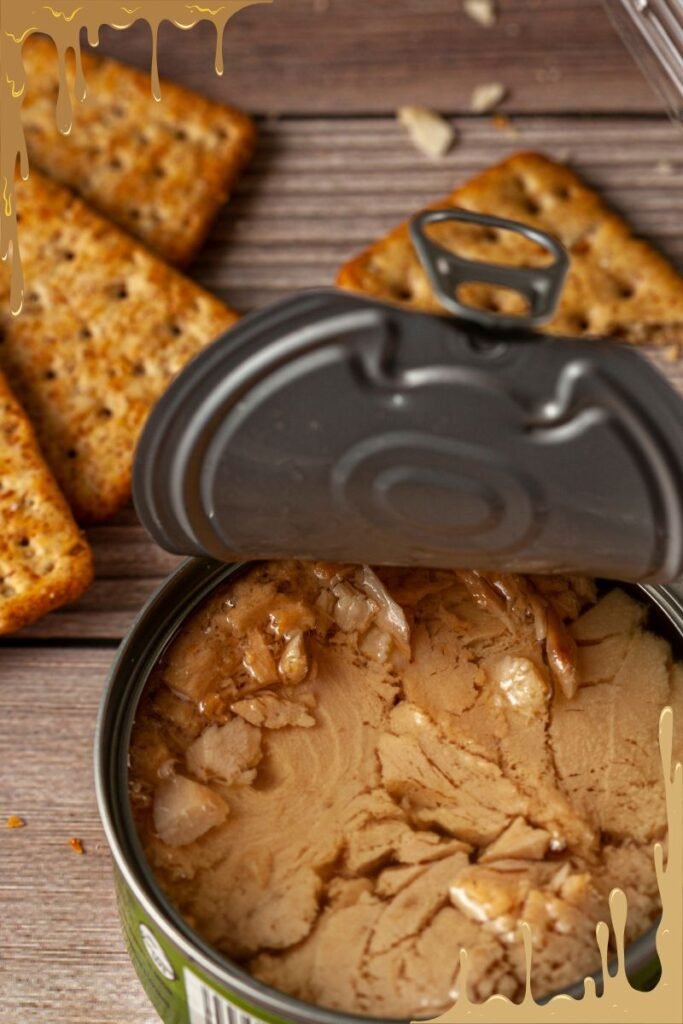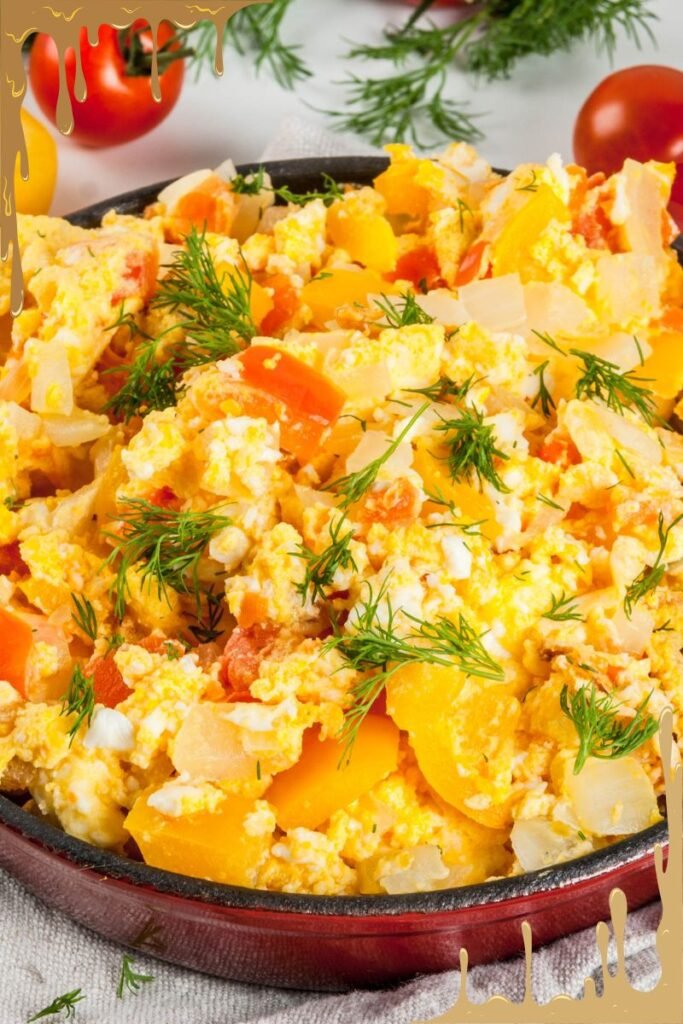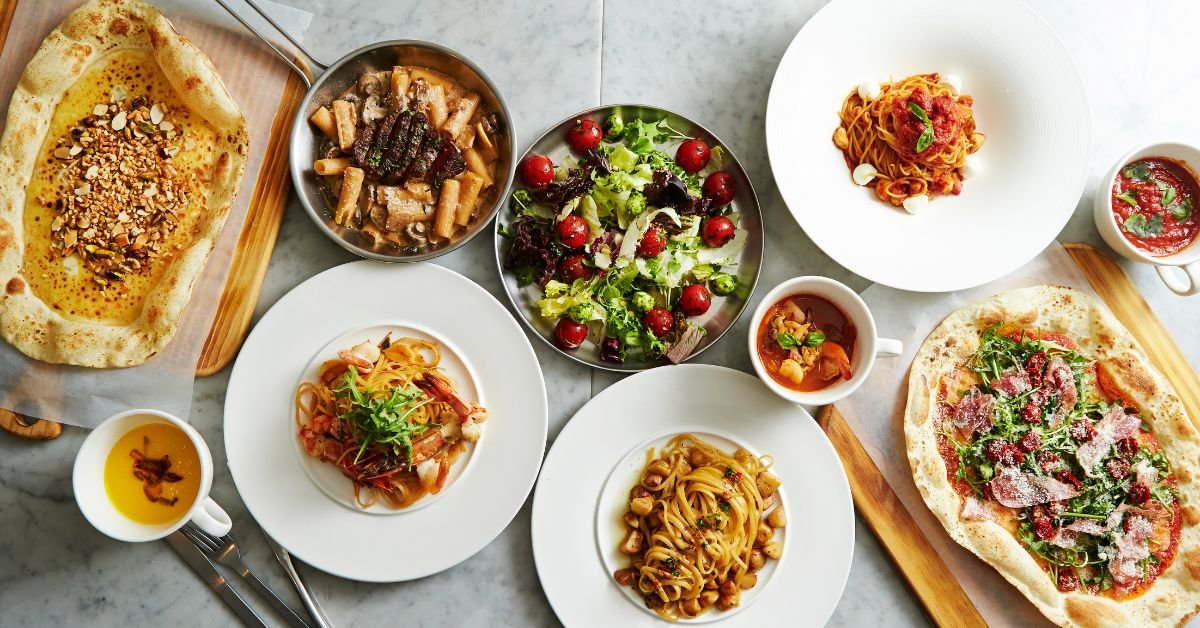No kitchen? No problem! 15 easy cheap backpacking meals—from grocery store staples to no-cook recipes.
At some point on the road, we’ve all been there—staring down a vending machine dinner after a 12-hour bus ride, wallet gasping for breath, stomach growling in protest.
But cheap doesn’t have to mean sad. With a bit of street smarts, a few pantry MVPs, and some travel-tested tricks, eating well on less than $5 a day isn’t just possible—it’s delicious.
This guide isn’t about gourmet. It’s about survival with style. Backpacking meals on a budget that actually keep you full, don’t require a chef’s diploma (or even a stove), and respect the sacred trinity: taste, calories, and price.
Let’s get into it.
Rules for Budget Backpacker Meals
Before you use a frying, pan or crack open a can of beans, you need to internalize the golden rules of dirt-cheap, calorie-dense travel food. These aren’t theoretical tips—they’re forged through countless hostel kitchens, border-town grocery hauls, and trailhead gas stations.
1. Prioritize Calories Per Dollar
Repeat this like a mantra: calories per dollar. Think like a hiker. Rice, oats, pasta, lentils, peanut butter—these are your carb kings and fat-filled queens. They’re cheap, lightweight backpacking food staples that won’t spoil if your bag bakes in the sun for half a day.
Cheap calorie bombs:
• Oats: $1.25 for a 500g bag (2,000+ calories). Found everywhere from Tesco UK to Carrefour Morocco.
• Rice: White rice clocks in at under $0.50/lb in most of Southeast Asia.
• Oil (yes, oil): A tablespoon of olive oil has 120 calories. Mix it into anything for instant fuel.
Insider Tip: In Eastern Europe and parts of Latin America, sunflower oil is half the price of olive oil and just as calorie-rich. Stock up in local mercados.
2. Choose Non-Perishable Backpacking Foods
Hostels without fridges. Overnight buses. Power outages. Your food needs to survive like you do—flexible, low-maintenance, and heat-resistant.
Best non-perishable backpacking foods:
• Dried lentils (cook in 15 minutes)
• Powdered milk or Nido (for coffee, oats)
• Ramen noodles (swap seasoning packet for your own spices)
• Sardines or tuna cans
• Tortillas (last longer than bread, don’t crumble in your bag)
• Hard cheese (Parmesan lasts days without refrigeration)

Insider Tip: In Italy, Argentina, and parts of the Balkans, you can get vacuum-sealed cheese and salami combos at convenience stores for under $2. Protein-packed and borderline indestructible.
3. Learn Local Grocery Economics
What is cheap in Thailand might not be in Norway. Know your country’s staple foods. In Vietnam, banh mi with egg is $0.50. In Germany, Aldi sells bags of gnocchi for €1. Your grocery list should be flexible like your itinerary.
Pro Moves:
• Download offline Google Translate packs to decipher labels.
• Check prices per 100g, not per unit.
• Befriend locals at markets—ask what they eat when they’re broke.
No-Cook Meals (Under $2)
Sometimes there’s no hostel kitchen. Or it’s 2 a.m. and you’re too tired to deal with anything more complicated than peeling a banana. That’s when no-cook backpacking meals come in clutch.
These meals don’t require a stove, pan, or even a fork sometimes—just a spork and a little creativity.
Breakfast: Overnight Oats + Banana
Total Cost: ~$0.75
Calories: 500+
Prep Time: 1 minute
What You Need:
• ½ cup oats (uncooked)
• 1 tablespoon peanut butter
• Pinch of salt
• Half a banana, sliced
• Optional: splash of powdered milk, cinnamon
Method:
Dump it all into a reused yogurt cup or plastic container. Add water until barely submerged. Let it sit overnight—or just 30 minutes if you’re in a rush. Eat cold.
Taste: Creamy, nutty, sweet, and surprisingly filling.
Insider Tip: In the Philippines, you can score bananas for 5 pesos each (~$0.08). Grab five and make breakfast for the week.
Lunch: Canned Tuna + Crackers

Total Cost: ~$1.25
Calories: 350-450
Prep Time: 0 minutes
What You Need:
• 1 can of tuna in oil (skip water-packed—it’s lighter but not filling)
• Handful of sturdy crackers or local flatbread
• Optional: chopped onion, squeeze of lemon, dash of hot sauce
Pro Tip: Mash everything together with a fork right in the can. Spread on crackers.
Why It Works: Protein, salt, carbs. Great when you’re hangry on a long train ride.
Insider Tip: In Spain, Mercadona sells flavored tuna cans (tomato, piquillo pepper, olive) for under €1 each. No seasoning needed.
Dinner: Instant Couscous + Raisins + Nuts
Total Cost: ~$1.50
Calories: 600+
Prep Time: 3 minutes (no cooking)
What You Need:
• ½ cup couscous
• Handful of raisins
• Handful of peanuts or almonds
• Salt, cumin, paprika, olive oil
Method: Boil water at a café or hostel kettle (or use cold water—takes longer). Mix dry ingredients, add water to cover, let sit 5–10 minutes. Stir. Done.
Taste: Sweet, salty, savory. Surprisingly good trail food.
Insider Tip: In Morocco, this is practically national fare. Buy bulk couscous for pennies and mix in market olives or harissa.
5-Minute Hostel Kitchen Meals
If you found a hostel with a semi-clean kitchen, two bent pans, and maybe a spatula, Congratulations—you now have access to an entire space of easy backpacking meals that cost less than a pack of gum at the airport.
Pasta with Garlic Butter
Total Cost: ~$1.50
Calories: 700
Prep Time: 5–7 minutes
What You Need:
• 100g pasta
• 1–2 cloves garlic, minced
• Knob of butter or glug of oil
• Salt, pepper, chili flakes (optional)
Method: Boil pasta. In the last minute, sauté garlic in butter. Drain pasta, mix with garlic butter. Sprinkle salt or cheese if available.
Taste: Rich, comforting, backpacker soul food.
Insider Tip: In Georgia (the country), garlic, dill, and oil are cheap staples. Toss in khmeli suneli (spice mix) for a local twist.
Scrambled Eggs with Veggies

Total Cost: ~$2
Calories: 600+
Prep Time: 5 minutes
What You Need:
• 2–3 eggs
• Half an onion, chopped
• Tomato or bell pepper, chopped
• Dash of oil, salt, pepper
Method: Sauté veggies in oil, then crack in eggs. Stir until fluffy.
Why It Works: Quick protein fix, and it feels like a real meal.
Insider Tip: In Bolivia, eggs are dirt cheap (1–2 BOB each). Add local hot sauce (Llajwa) for an extra kick.
Spicy Peanut Noodles
Total Cost: ~$1.75
Calories: 800+
Prep Time: 6 minutes
What You Need:
• Instant noodles or dry spaghetti
• 1 tablespoon peanut butter
• Dash of soy sauce
• Chili flakes or Sriracha
• Splash of water
Method: Boil noodles. Mix sauce ingredients in a cup. Drain noodles, toss with sauce.
Taste: Spicy, nutty, addictive.
Insider Tip: In Indonesia, look for “Bumbu Pecel” (peanut spice paste) in sachets—cheap, ready-made flavor bombs.
Where to Find Free/Cheap Food
This section is about survival. We are not above leftovers, happy hour scavenging, or scoring yesterday’s bread. Eating well for free (or close to it) takes more than thrift—it takes strategy.
1. Supermarket Discounts
Time it right, and you can score sandwiches, salads, or hot meals at 50–70% off. Most supermarkets slash prices on perishables a few hours before closing.
Insider Tip:
• Germany: Lidl cuts prices after 7 p.m.—look for yellow stickers.
• Japan: Bento boxes drop to half price at convenience stores after 8 p.m.
• UK: Co-op and Tesco do markdowns around 6–8 p.m.
2. Hostel Leftovers
Check the hostel fridge. There’s always leftover pasta, sauces, half-loaves of bread. Just ask reception if it’s up for grabs—or label-swapped and forgotten.
Etiquette Tip:
Don’t just take. Leave something behind, even if it’s just a clove of garlic or a half-used spice jar.
Insider Tip: Some hostels (especially in Central America and Europe) have dedicated “free shelves.” A goldmine of strange condiments, rice, even chocolate sometimes.
3. Community Kitchens, Events & Couchsurfing
Couchsurfing isn’t just for sleeping—check events. In cities like Budapest or Oaxaca, travelers and locals host potlucks or cook nights. You bring something (even just carrots), and you eat like a king.
Also try:
• Hare Krishna kitchens (donation-based, often vegetarian)
• Sikh Gurdwaras (free communal meals, open to all)
• Anarchist cafes/co-ops (especially in Berlin or Amsterdam)
GPS Gold:
• “Food Not Bombs” in Lisbon (donation-based veggie meals on Sundays): Praça Martim Moniz (38.7169° N, 9.1391° W)
• Govinda’s Krishna Kitchen, Budapest: Vigyázó Ferenc u. 4 (Open 12–6 p.m., lunch plate ~$2.50)
Pro Moves: Eat Smarter, Not Sadder
You are past the rookie stage. You are not just surviving—you’re thriving on cheap trail food. So here are next-level strategies for the backpacker who wants to travel longer and eat better.
1. Spice Kit = Game Changer
Pack a tiny Ziploc of cumin, paprika, garlic powder, chili flakes. Total cost: under $2. Result: Nothing tastes boring.
2. Reuse Everything
Yogurt cup? Becomes your oat bowl. Coffee jar? Spice container. The hostel fridge’s cut-off milk carton? Your new soup pot.
3. Dumpster Diving (Seriously)
In cities like Paris, Vienna, or Melbourne, organized groups share free food pick-up spots. Search Facebook for “Freegan” or “Food Rescue” + city name.
4. Make Food Friends
The couple cooking curry in the hostel? Offer to wash dishes. You’ll get a plate (and maybe a new trekking buddy).
5. Share Bulk Buys
Can’t finish a 2kg bag of lentils solo? Leave a note in the hostel common room. You’d be surprised how quickly other broke nomads will pitch in.
Eating on less than $5/day as a backpacker isn’t about sacrifice, it’s about strategy. And once you get into the rhythm, it’s actually kind of fun. A weird scavenger hunt across countries and cuisines.
One where the reward is not just saving money, but genuinely good food—made by you, for you, with your own rules. These cheap backpacking meals become a badge of creativity and resourcefulness. You’re not just traveling. You’re cooking your way around the world.
Read Other Articles:




